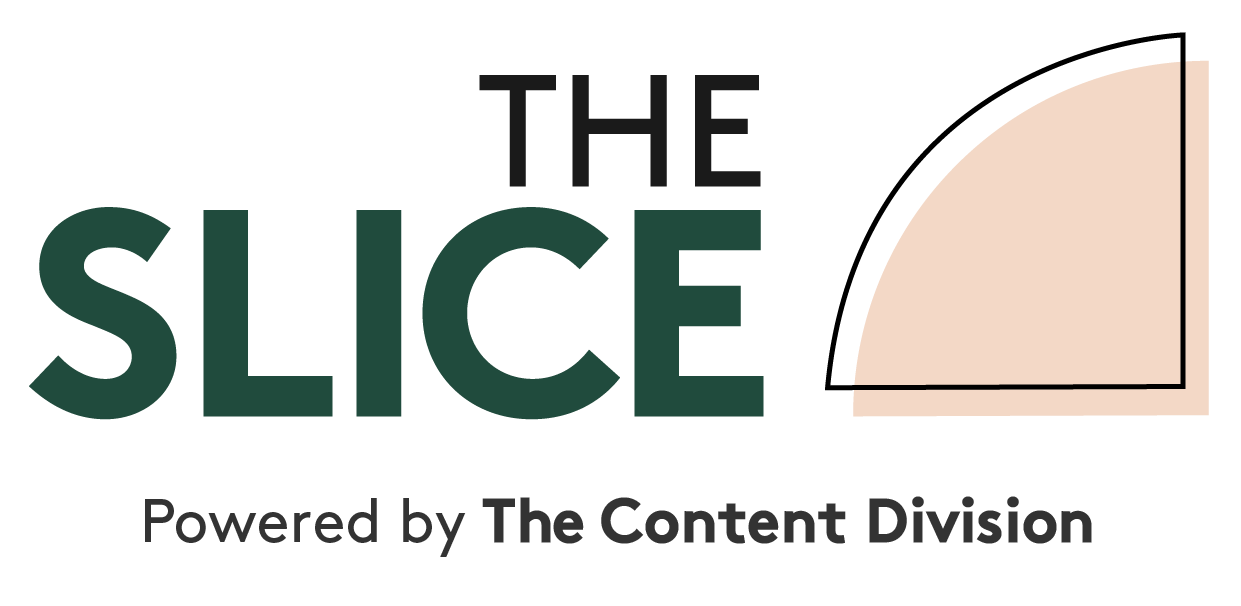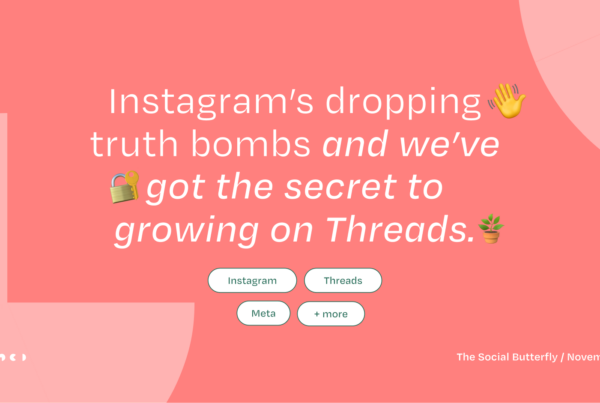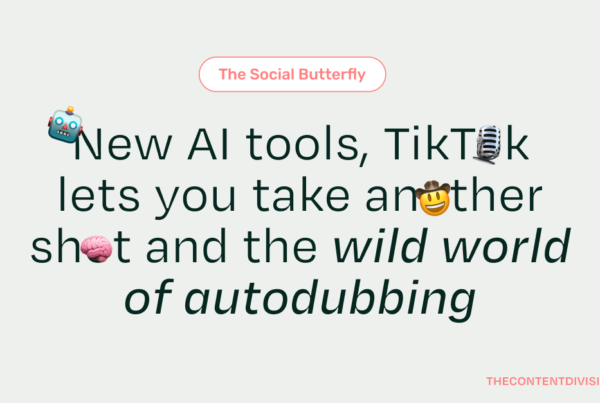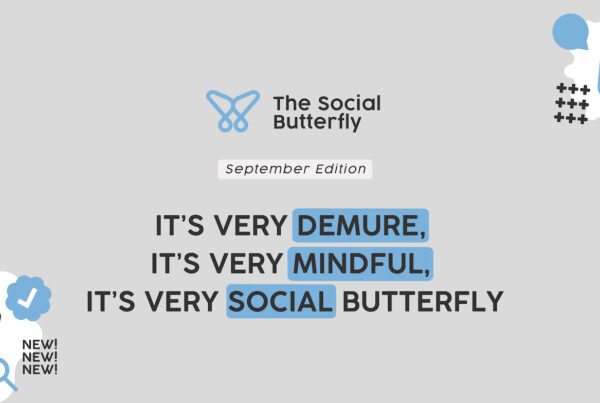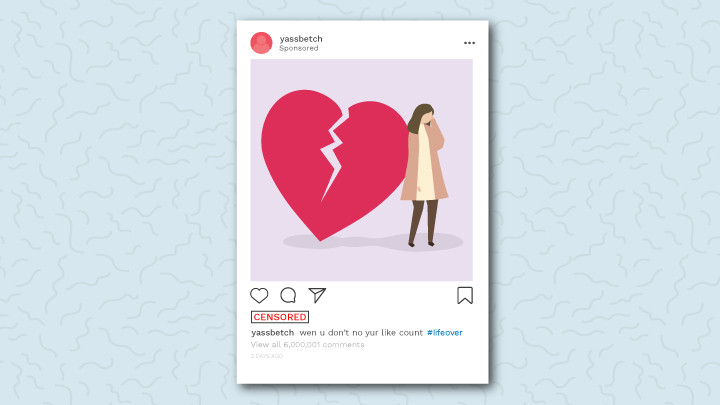
Rumours ran rampant when Instagram rolled out their removal of likes and video views in Canada earlier this year. Now it is Australia’s turn.
The photo-sharing giant has announced and rolled out the removal of these features on the Australian platform in a trial that will help shape the future of Instagram here in Australia and across the world – insert influencer outcry across the nation.
As Instagram has moved to more of a popularity contest and less of a creative space over the years, this act aims to reduce pressure, benefit mental health and to take the platform back to its original roots – where it was all about posting what you want, when you want.
I am, however, left pondering the future of sponsored content and how brands can now use content and partner with influencers in this space.
Instagram has assured us this won’t affect measurement tools for businesses and creators, and users will still be able to see a list of likes on their own posts – I am left wondering what’s the big deal?
Why are brands focusing so much on a vanity metric? Are some influencers just worried their other engagement metrics won’t be up to scratch – cough bots cough?
I say some, because I am well aware of how hard a lot of content creators and influencers work.
But likes cost nothing to users. How many photos have you liked without reading the full caption, checking the photo tags, or visiting the profile? My money is on a lot.
Likes take two seconds and can be skewed by a pack mentality or cheeky tips such as engaging the hour before and after the post goes live.
Instead of going crazy over likes brands should instead look at the metrics that matter, and the quality of the content and the engagement as a bigger picture.
Look at YouTube for example, a monster platform that is rich in content and engagement. Users spend hours upon hours consumed in the YouTube world without taking a breath and yet video ‘likes’ mean hardly anything, if nothing at all.
Instead YouTube looks towards video views (viewers must watch 30 seconds of content before it counts as a view), comments, and time spent watching.
Where focus needs to turn for brands
Let’s look at actions. I’m talking about saves, shares, profile views, links clicked – things that move people.
And Instagram can you please do us a solid and let us know how long people are spending on posts and profiles, and how many times photo tags have been clicked on?
This is the information we need to judge if posts are performing, and the information we need from influencers before any collaborations are agreed upon.
When it comes to influencers we also should be looking to audiences. We need data and statistics to ensure their audience aligns with those of brands. It is all well and good to know gender, age range, and where the audience are from, but what about their interests? We need to know what they are engaging with to judge whether it is likely they will engage with the brand.
We have seen the rise of the micro-influencer and know the value of a niche audience – even if it is smaller, but now more than ever it is a reminder for brands to be doing their due diligence.
One of the biggest impacts moving forward will be with influencer partnerships.
This is the data to which brands need access before any terms are agreed upon. While there are ways for brands to calculate some of these metrics this information needs to be readily available.
While we are at it, I want influencer reporting to come into play post-collaboration. I want to see specific metrics relating to the posts agreed upon in order to better gauge business results.
As someone who is as addicted to Instagram as much as the next millennial, I’m fascinated to see where this update takes Instagram content as a whole.
I want to know:
- Will feeds become less posed and more in the moment?
- Will people stop doing it for the ‘gram when their ego is no longer being boosted?
- Will people really feel less pressure when uploading?
- Will people focus more on creating amazing content for themselves instead of for the likes?
At the end of the day we can be sure that as with every Instagram change, the audience will adjust, adapt, and maybe fall in love with the new look and feel.
I mean really how many people are you actually following just based on the amount of likes they get? I know my answer is none.
